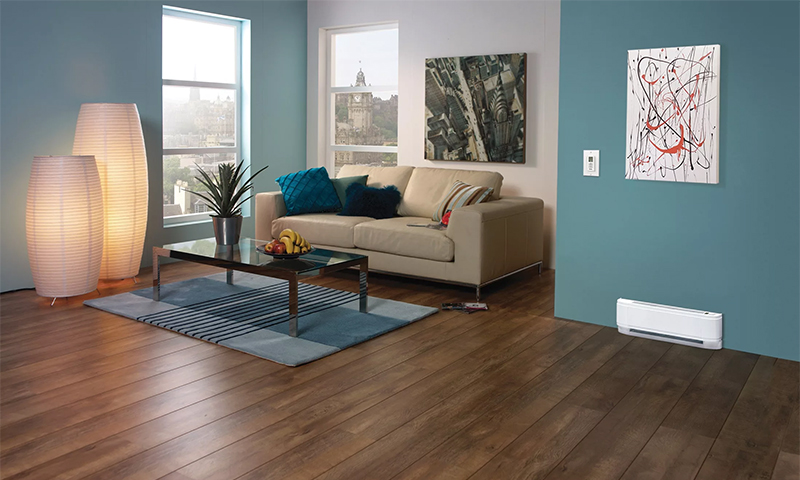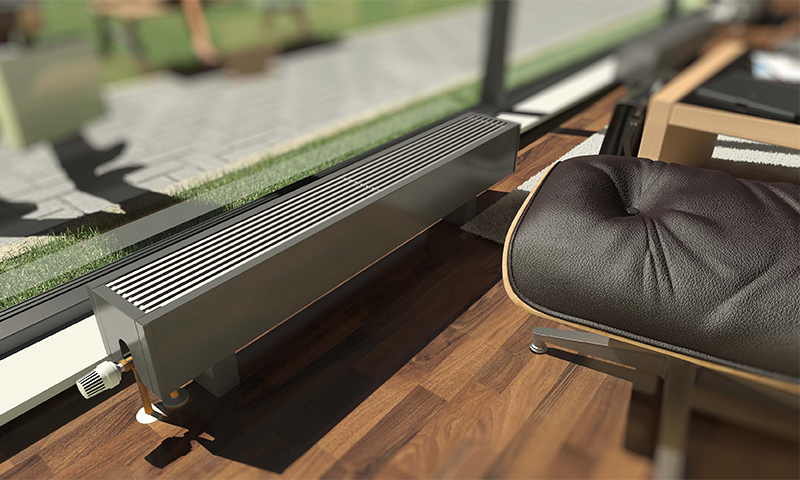Previously, only cast iron radiators were used, the range of which was poor, and the appearance was dull and unremarkable. There was nothing to choose from. At present, it is possible to equip the heating system with much more aesthetic devices, which not only are diverse and look good, but also have high technical and operational characteristics, and different. Now, to buy batteries, you first need to choose them correctly, and for this you need to understand many intricacies. It is about them and referred to in the article.

Content:
The best manufacturers of heating radiators - which company to choose
There are many companies in the market of heating devices. Not all of them produce high quality products, so the name of the manufacturer must be taken into account when choosing.
We recommend to stay on radiators of well-known companies, such as:
- Rifar.
- Global.
- Konner.
- Kermi.
Types of heating radiators
Cast iron
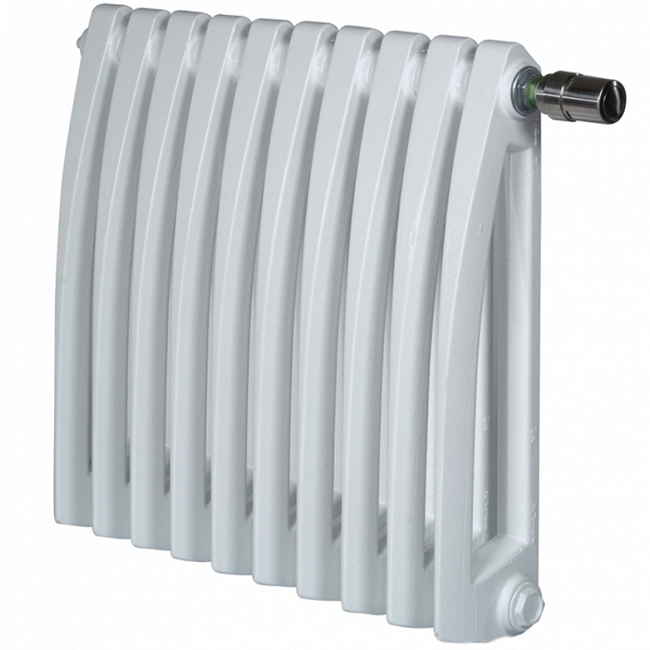
Modern cast iron batteries in technical terms are not much different from the Soviet counterparts: they also consist of sections, but outwardly look much more attractive.
Along with the instruments executed in the previous design, elegant models with flat sides and artistic expensive versions in retro style are offered. If the first are attached to the wall, the second, with curly legs, are installed on the floor.
General specifications:
1. Width 62 ... 330 mm;
2. Length up to 3 m;
3. Height 30 ... 99 cm and more;
4. Coolant temperature up to +110 ° C;
5. Heat transfer 1 section 80 ... 210 W;
6. Working pressure 5 ... 18 bar, pressing 8 ... 27 bar;
7. Connection: only lateral.
Benefits:
- resistance to wear and corrosion;
- unpretentiousness to water quality;
- compatibility with pipes made of different materials;
- ease of operation and maintenance;
- a variety of range - devices fit different interiors;
- special charm of artistic models;
- low cost of most modifications and durability - up to 50 years.
Disadvantages:
- material brittleness: rupture is possible with a water hammer;
- high thermal inertia - cast iron slowly heats up and cools down;
- large weight, creating inconvenience during transportation and installation.
Pig-iron radiators are suitable primarily for apartments connected to centralized heating: the low quality of the heat carrier has practically no effect on the service life of the appliances.
The only thing to take into account is to take the declared pressure: it must be higher than that of circulating water. Art copies will fit well into the interiors of private houses, decorated with antique.
Steel

Steel batteries are available panel and tubular, as well as sectional. The first ones in the minimum configuration consist of 2 ribbed plates, painted with enamel, and the internal contour under the coolant.
In practice, devices with one panel are a rarity: products with 2 or 3 plates and 1, 2 or 3 internal convectors are more often offered. The second ones are more expensive: they are a block of two- and six-pipe sections welded together between themselves, covered, as a rule, with polymer spraying.
General specifications:
1. Width 30 ... 380 mm;
2. Length up to 6 m;
3. Height 5 ... 320 cm or more;
4. Heat carrier temperature up to +100 ° С;
5. Heat output of the entire device up to 21 kW;
6. Pressure pressing and working 5 ... 60 bar and 4 ... 25 bar;
7. Connection: top, bottom, side and universal.
Benefits:
- addition of direct convection heat transfer: in panel versions;
- good corrosion resistance: in pipe versions;
- relatively rapid heating and cooling;
- rich assortment and variety of design solutions;
- easy installation;
- small weight: in comparison with pig-iron analogs;
- budget cost of panel models.
Disadvantages:
- sensitivity to pressure drop;
- low resistance to corrosion: in lamellar specimens;
- low wear resistance.
Panel models are suitable for apartments as low-cost heaters. But again, provided that the pressure in the system is lower than that provided for batteries. By the way, their service life at low-quality coolant and poor operating conditions is about 10 years.
Such devices are also installed in stores, railway stations, shops and warehouses. For the private sector, tubular modifications are more suitable.
- See also: the best steel radiators
Aluminum
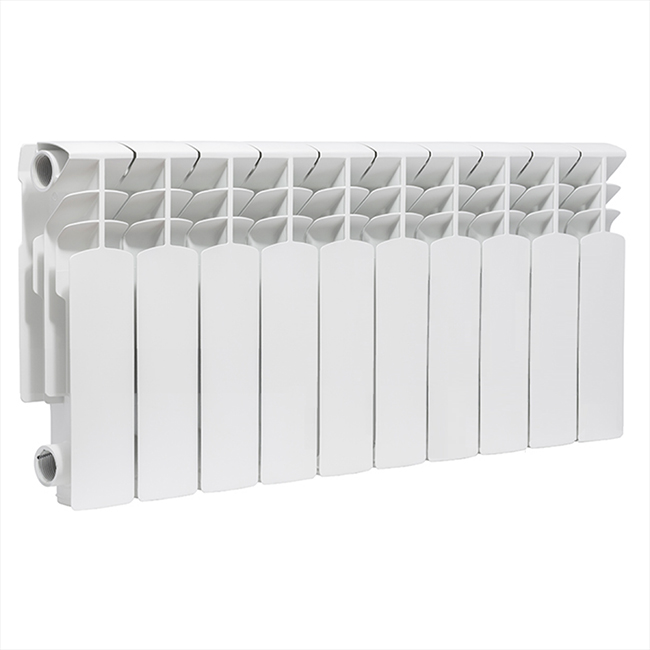
Aluminum batteries are sectional and tubular, as well as wall-mounted, floor-standing, recessed and universal.
Products are made by injection and extrusion methods: in the first case, the radiators are section-by-section cast and assembled; with the second option, the elements are extruded on an extruder, and then glued together and pressed.
In addition to standard models, there are more durable and expensive versions with added silicon and anodized inner coating.
General specifications:
1. Width 80 ... 420 mm;
2. Length 0.4 ... 6.0 m;
3. Height 7 ... 117 cm and more;
4. Coolant temperature up to +120 ° C;
5. Thermal power of 1 section is 140 ... 210 W;
6. Working and pressing pressure 10 ... 16 bar and 15 ... 25 bar;
7. Connection is possible lateral and lower.
Benefits:
- low inertness, as a result, large heat emission;
- good compatibility with the control system;
- wide choice;
- easy and quick installation;
- low weight: aluminum is the lightest compared to other materials;
- low prices
- modern stylish design.
Disadvantages:
- incompatibility with steel and copper pipes;
- high demands on water quality;
- low resistance to wear and corrosion;
- frequent airiness: aluminum is chemically active;
- low service life - 10 ... 20 years.
Aluminum radiators are unsuitable for heating apartments. Coolant, which is located in a centralized network, is often of poor quality. These batteries are suitable for private homes with independent heating.
Bimetallic
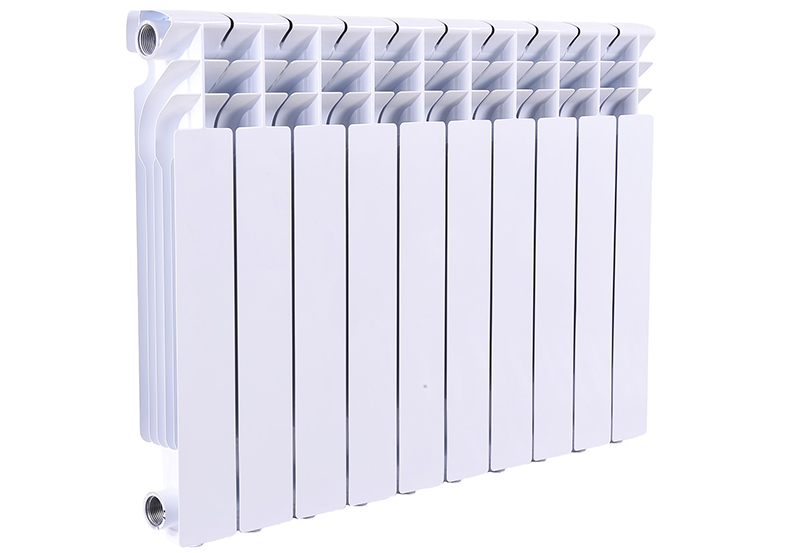
Bimetallic batteries are predominantly wall-mounted devices, in the manufacture of which 2 different materials are used. Inside there is a contour of vertical, as well as lower and upper horizontal pipes - steel or copper; outside is an aluminum heat exchanger.
Models are created of two types:
1. Sectional - have the ability to build;
2. Monolithic - are a non-separable structure.
General specifications:
1. Width 70 ... 120 mm;
2. Length up to 2.0 m;
3. Height 24 ... 176 cm or more;
4. Coolant temperature up to +135 ° C;
5. Thermal power of 1 section 150 ... 200 W;
6. Compression and working pressure 15 ... 150 bar and 10 ... 100 bar;
7. Connection: bottom and side.
Benefits:
- high and fast heat transfer: at the level of aluminum models;
- low requirements for the composition of the coolant;
- resistance to high pressure and water hammer;
- variety of assortment;
- small weight, simple installation;
- stylish appearance;
- durability - up to 40 years.
Disadvantages:
- mostly high prices;
- the risk of acquiring a fake or pseudo version.
Bimetallic devices, based on the characteristics, can be installed everywhere. For example, in apartments, in cottages, in offices.
These radiators, provided that they are of high quality, have practically no weak points, so the question of choice often rests only on the cost of batteries and financial possibilities.
Options for choosing a radiator
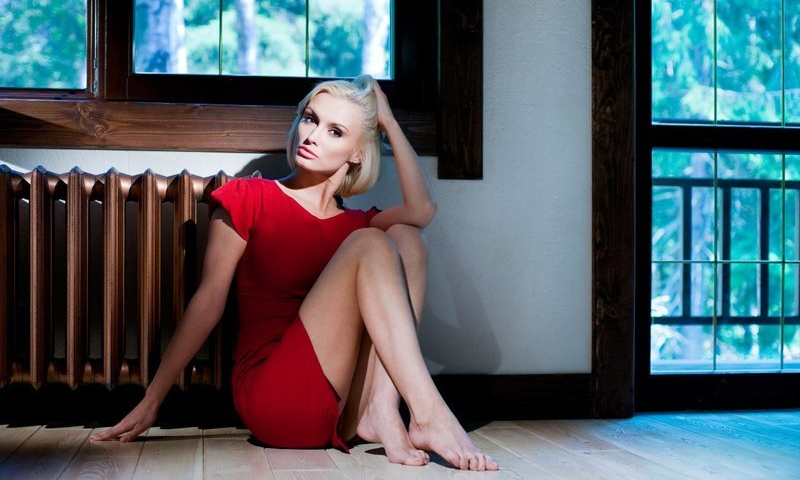
Power
Power is determined from the condition: for heating 1 m2 of a dwelling with a ceiling height of 3 m, 100 W of heat transfer from the radiator is required.
It is easy to calculate that for a room of 20 m2 you need 100 × 20 = 2000 W or 2 kW. Then, the resulting number is multiplied by a correction factor of 1.2 (there are usually exterior walls and windows in the rooms) or (and) 0.8 (if the dwelling is insulated outside).
For even more accurate counting, the number of windows and their type, the presence of a basement or attic, and a wind rose are taken into account. In the documents accompanying the batteries, the heat transfer is indicated, so it will be easy to determine this parameter.
Pressure
Attention is drawn to the pressure: existing in the heating system and valid for the device. The second must always be higher than the first; otherwise, the wall of the product may simply burst when used.
Approximate data are specified above - exact indicators are given in the passport. This parameter is measured in different units: about 1 MPa = 10 bar = 9.9 atm.
Installation Features
As a rule, batteries are installed under the window, so you need to consider that the gap between the floor and the window sill should be about 10 cm, the distance from the wall - 3 ... 5 cm
If the wiring is already done, the center distance in the device and the available connection are also taken into account: lateral, lower, upper and / or universal.
Maximum temperature
Cast iron, steel, aluminum and bimetallic models are designed for different maximum coolant temperature. Therefore, before buying you need to know this figure in the heating system for a particular house. As a rule, it does not exceed +95 ° С.
Extra options
Additional parameters that are subject to attention:
1. Manufacturing material;
2. Weight;
3. Appearance;
4. Price;
5. Warranty period and durability.
Information about them is provided above - exact information is given in the accompanying documents.
What radiators for heating to choose
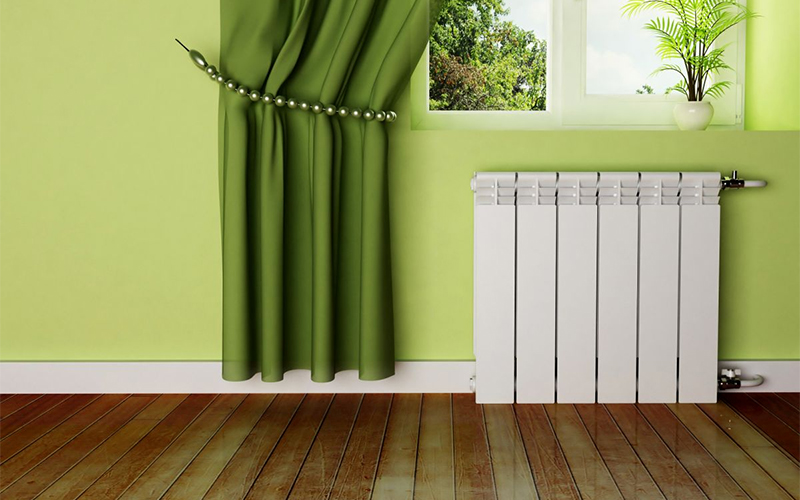
1. If the heating rate does not play a significant role, but reliability, ease of operation and durability are important, the best option is cast iron batteries. Moreover, the appearance of modern models will satisfy both residents of apartments and private houses. Flat versions will fit well into the rooms of the first ones; for modern houses, both modern modifications and radiators, executed in retro style, will be suitable.
2. If you need to save money and allow pressure in the system, it would be advisable to opt for panel steel devices. You can install them not only in the apartment, but also in the shop, workshop, storage room. In the cottages will look better other steel modifications, namely the pipe. They come in different configurations, so fit, for example, under a semicircular window sill.
3. If a pure low-acid coolant circulates in the system, you can stop at aesthetic aluminum radiators. Since such conditions are rarely met in centralized networks, the installation of these devices in apartments is not advisable. At the same time, aluminum products are recommended for private houses with an autonomous heating system: it is better to give preference to molded specimens.
4. If financial opportunities allow, it is an excellent solution to buy bimetallic devices (some of them are quite affordable). They can be installed both in apartments and in private houses: there are no limitations on technical and operational characteristics. Batteries should be chosen carefully, because they outwardly do not differ from aluminum analogues.
How much does a radiator cost?
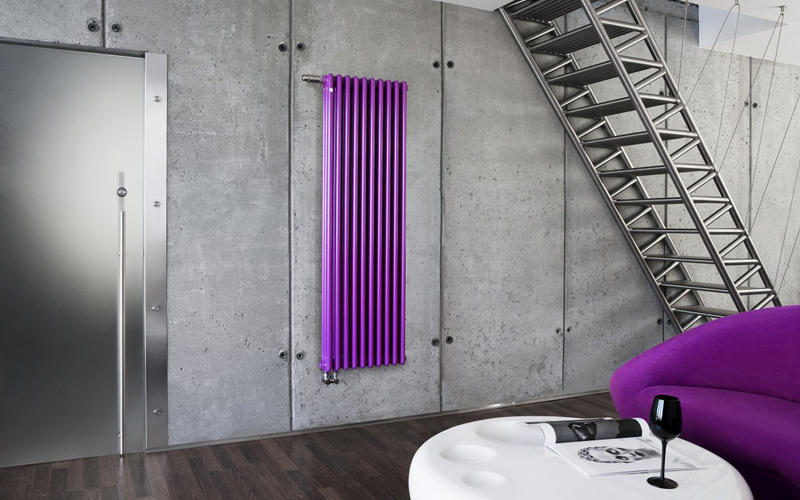
1. Cast iron wall: 0.6 ... 8.1 thousand rubles. (1 section).
2. Cast-iron floor: 1.2 ... 12.5 thousand rubles. (1 section).
3. Steel panel: 0.8 (1 panel) ... 97.5 thousand rubles. (2 panels).
4. Steel tubular: 1.0 ... 12.4 thousand rubles. (1 section).
5. Aluminum sectional: 0.3 ... 3.8 thousand rubles. (1 section).
6. Aluminum tubular: 4.7 ... 54.3 thousand rubles. (1 box).
7. Bimetallic wall: 0.3 ... 2.0 thousand rubles. (1 section).
8. Bimetallic universal: 0,6 (1 section).
It will be interesting to friends too





